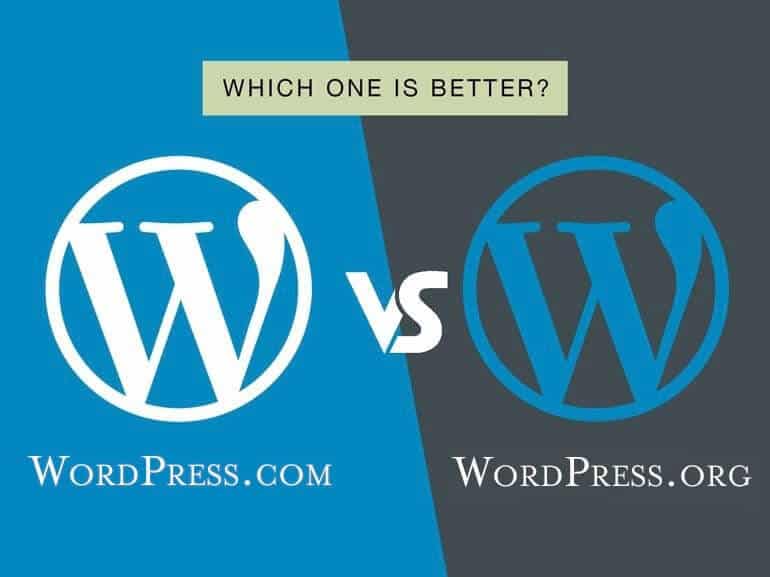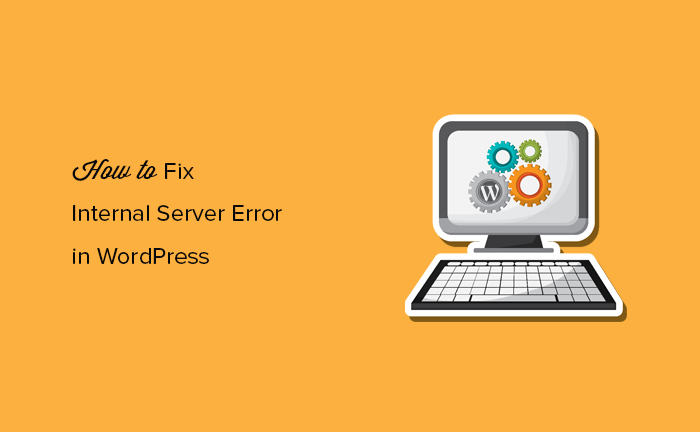Most businesses today understand that enhancing the customer experience is the key to success. In fact, most customers will gladly tell you that they value a relationship with a business as much as they do the quality of products they purchase. They want to know they matter and are more than just a number in a corporate bottom line. This is where learning to identify customer pain points on the customer journey map becomes so important. Pain points, then, are issues that either prevent prospective customers from buying or cause a break in an existing relationship with a business.

Why the Customer Journey Map Is So Important
A customer journey map can help you to identify common pain points on the customer journey map – check out these customer journey map examples if you haven’t used one before. But before that, let’s take a brief look at what that means. Basically, a customer journey map is a sort of flow chart that provides a visual representation of their relationship with your business from the very beginning through solidifying that relationship with a purchase, making them a customer.
If you’ve successfully identified pain points your competitors aren’t addressing, you have a wonderful opportunity to convert them by meeting their needs.
Now, let’s look at four of the most common pain points on the customer journey.
1. Financial Pain Points
Most often, financial pain points fall into two main categories. Either the prospective customer can’t afford the cost, or they can’t reconcile the cost to the terms of the product. While so many businesses feel that cutting the price will win out over the competition, that may not be the solution at all. Sometimes it’s the longevity of the product or when they will need to renew or repurchase a product. This is one of the most common pain points and it should be identified and addressed on any customer journey map.
2. Technical Pain Points
This is a pain point that often comes about during an established relationship with a customer. It could be that the product doesn’t solve their technical needs as they assumed it would. It could also be that your company doesn’t have a tech support staff ready to address any questions or concerns that a customer might have. However, when it comes to prospective customers, it’s often brought about because the technical information in the sales brochure or content doesn’t adequately identify technical specs.
3. Productivity Pain Points
In today’s fast-paced world, efficiency is of utmost importance. Most customers are looking at products or services that will enable them to be more productive through greater efficiency. Even the clothing industry is affected by productivity/efficiency concerns. For example, clothes that are easily washed and dried without the need of ironing or taking to the dry cleaner can save customers time, money, and effort.
4. Checkout Pain Points
Much business is done online today but the one thing most customers complain about is the checkout process. A great number of businesses lament that they lose more customers than they care to count at the point of online checkout, so this is one issue/complaint that should be identified and addressed on your company journey map.
These are just examples of the most common customer pain points but they illustrate the very real need to identify areas of concern so they can be addressed quickly. Whether you want to grow your business with the influx of new customers or build lasting relationships with your existing customers, it’s imperative to overcome the most common pain points going forward.
Also Read, How to start a –
If you liked this article, then please subscribe to our YouTube Channel for WordPress video tutorials. You can also find us on Twitter and Facebook.









